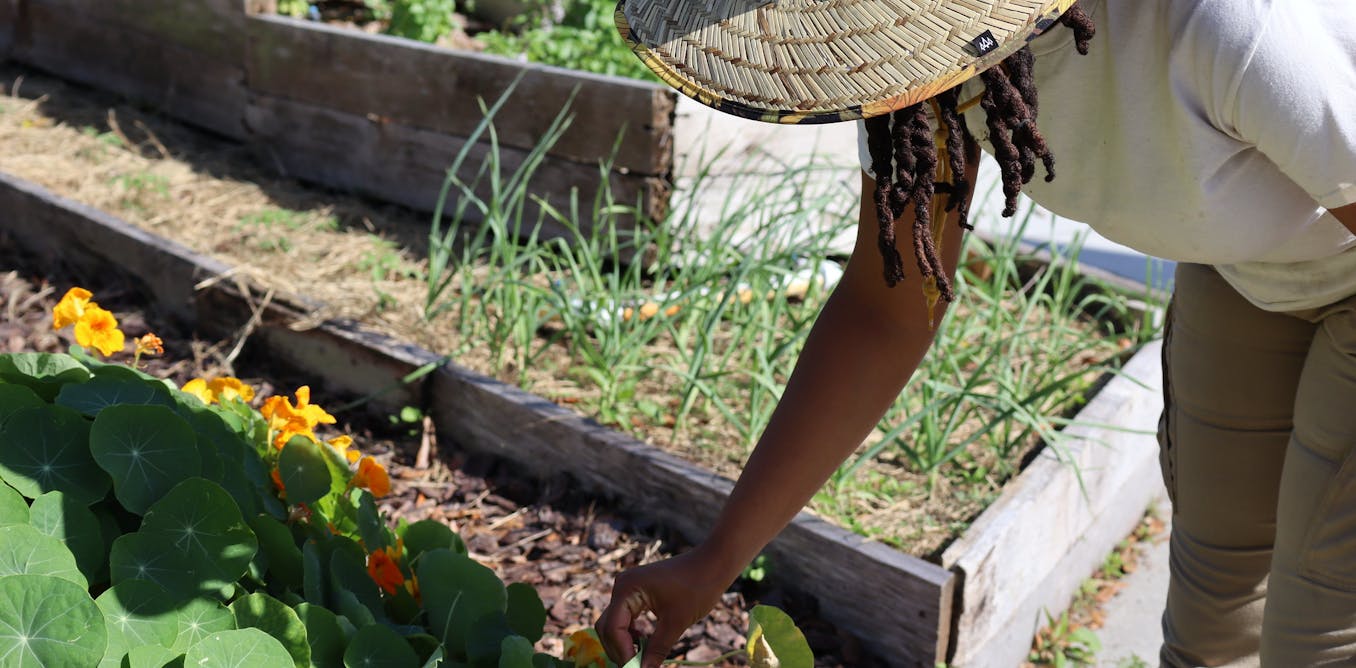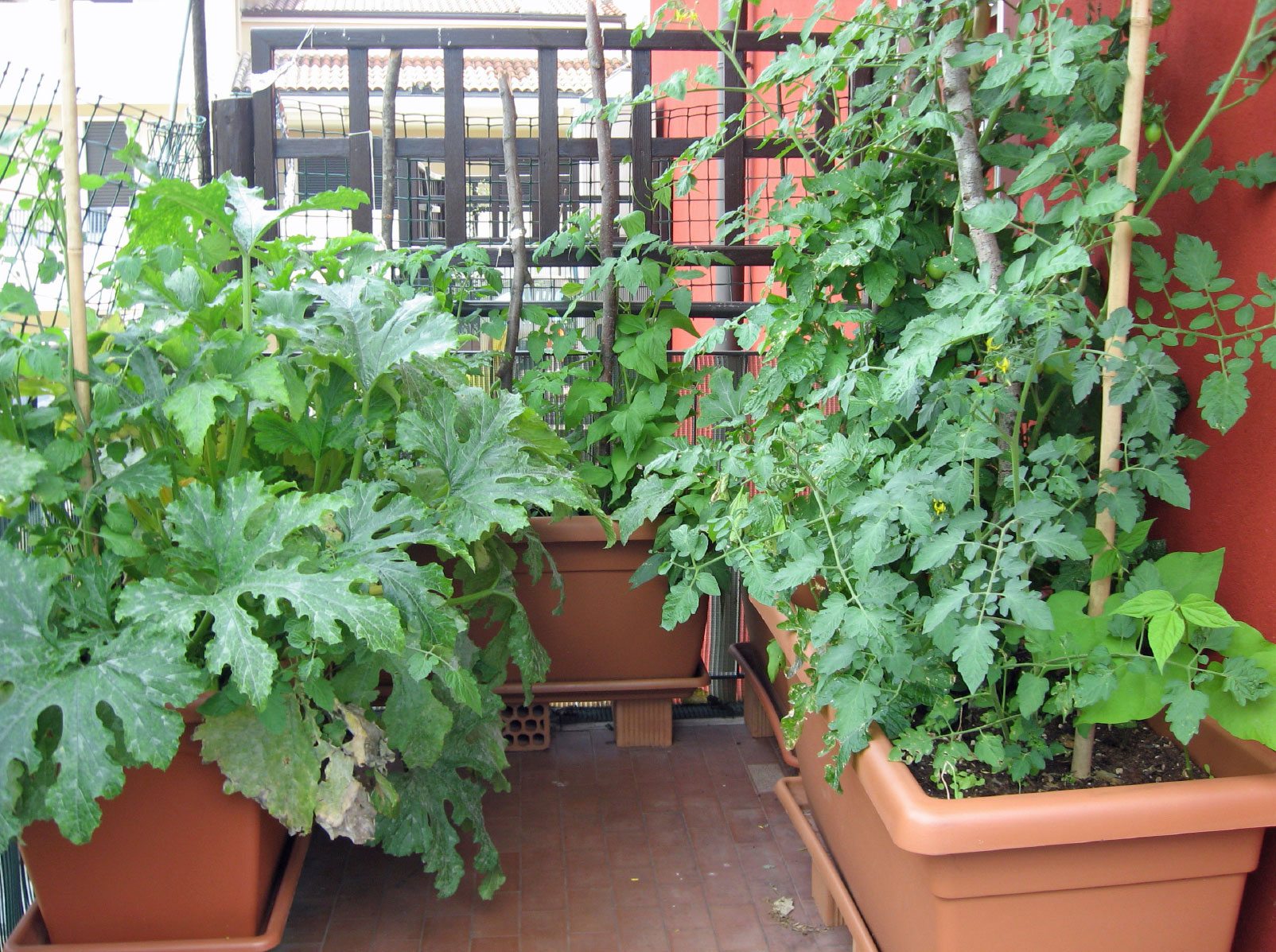Some Known Questions About City Blooming.
Some Known Questions About City Blooming.
Blog Article
Getting My City Blooming To Work
Table of ContentsGetting The City Blooming To WorkThe 15-Second Trick For City BloomingThe Basic Principles Of City Blooming City Blooming for DummiesThe Of City Blooming
Interested in expanding food available in the City of Chicago? Considering beginning an area yard? Adjustments to the Chicago Zoning Regulation permit agricultural usages like community yards and city ranches in numerous components of the city. Below is a listing of regularly asked questions relating to the policies and policies that cultivators need to take into consideration when planning a city agriculture job.
The zoning change does not customize any type of other codes handling composting, structure authorizations, buying or renting City possessed residential or commercial property, service licenses or ecological contamination. There are existing codes that regulate these problems and they stay in complete effect and may apply to your project. Community yards are commonly had or handled by public entities, public organizations or community-based companies and maintained by volunteers.
Urban ranches grow food that is planned to be marketed, either on a nonprofit or for-profit basis. Due to their industrial objective, urban farms need a service certificate.
City Blooming Fundamentals Explained
Composting is enabled yet only for plant material that is produced and used on site. The quantity of garden compost material can not surpass 25 cubic lawns at any type of provided time according to the requirements in 7-28-715 of the City's Municipal Code. Yes. Because the soil at the majority of new garden sites requires amending, compost, dirt, wood chips, or various other materials can be obtained to construct or enhance the expanding area - balcony and patio garden design.

If a structure permit is required then the hoophouse will be thought about an accessory structure. You can learn even more about the structure permit requirements by contacting the Department of Structures. The 25,000-square-foot dimension limit is meant to prevent a solitary neighborhood garden from dominating an offered block or detracting from the block's existing property or industrial character.
The limitation does not use to yards found in Public Open Space (POS) districts. Can there be even more than one area garden that is 25,000 square feet on a solitary block? Secure fencing is not called for, nevertheless, yards that have big vehicle parking areas might be needed to install secure fencing or other landscaping functions.
Excitement About City Blooming
B1 & B2 areas require that all business use activities be performed inside your home. R districts restrict commercial activity. The policies show the purpose and intent of the Zoning Code. Is fence required for metropolitan ranches? Yes. Fences might be needed, along with landscape design and testing, for certain car park areas and outside work or storage space areas depending upon area and the certain activity happening.
Yes. Urban ranches need structure permits and zoning authorizations before building and construction. Various other types of city review may be called for depending on details frameworks, activities, dimension, landscape design, licensing, public heath and stormwater administration concerns. A lot of these requirements are recognized in the project design or permitting procedure, nonetheless, the candidate may be accountable to separately identify certain licenses or allows that may be required.
The Division of Organization Matters and Consumer Security can assist identify the specific type of company certificate that's called for. Off road car parking is needed for the majority of business projects in Chicago. The needed number of auto parking spaces is based on the number of workers functioning on website and not the square video footage of the growing space.
City Blooming Fundamentals Explained

An urban ranch can offer compost material generated on site, nonetheless, the procedure has to conform with the guidelines in 7-28-715 of the Chicago Municipal Code. Aquaponic systems are permitted inside your home on metropolitan farms in numerous zoning districts.
As much as five hives or nests of honey may be kept as an accessory use. Beekeepers have to sign up with the Illinois Department of Agriculture. To learn more regarding the suggested zoning modification you might contact the Division of Housing and Economic Development, Bureau of Preparation and Zoning at 312.744.8563.
Farming in cities and urban areas A city farm in Chicago. Urban agriculture describes various practices of growing. https://cityblooming.blog.ss-blog.jp/2024-06-27?1719472203, handling, and dispersing food in metropolitan areas. The term also applies to the location tasks of animal husbandry, aquaculture, beekeeping, and horticulture in an urban context. Urban farming is identified from peri-urban farming, which takes location in rural areas at the edge of residential areas.
The Buzz on City Blooming
, that seek to create social networks founded on a shared try here principles of nature and community holism. These networks can develop by method of formal institutional assistance, becoming incorporated right into local community preparation as a "shift community" activity for sustainable city development.
Some of the first proof of urban farming comes from Mesopotamia.
Report this page